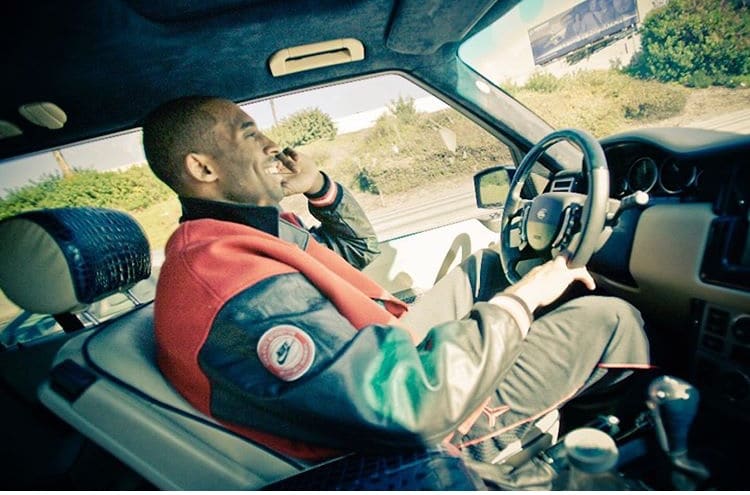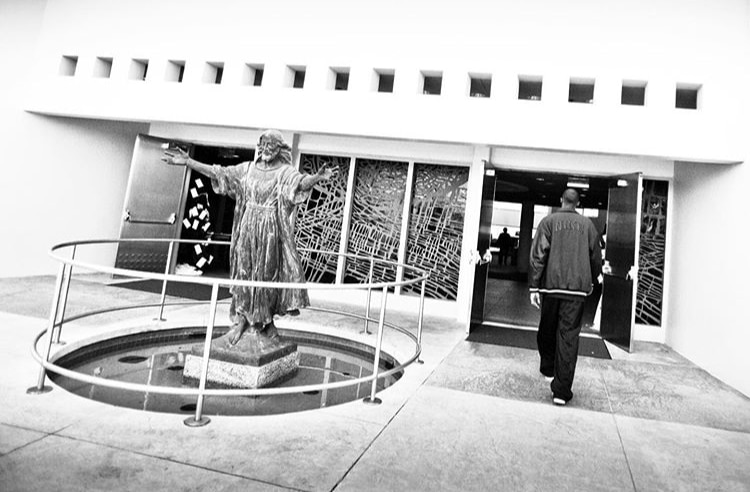An exciting time, culturally, as surfers shuck capitalist lords and seize the means to production.
Is it time for surfers to overthrow their masters and seize the means of production?
As reported two weeks ago, the introverted, prone-to-injury two-time world champ John John Florence has quit his Hurley contract two years early, losing millions.
Where to now for pro surfers and their lucrative sponsorship deals?
I was chatting with an old pal over the break who works in the bike game in Europe. He specialises in downhill, mostly, but does some street stuff too.
(Apologies if I murder any of the lingo here, but it ain’t my tribe.)
One of his contemporaries had just self-released a new clip a couple days before Christmas. A half-hour cut of this guy riding the streets of Paris, mostly self shot or with one other filming.
This is a very famous rider, large international fan base etc. Especially popular among the twelve-to-eighteen bracket.
Anyway, the guy charged nine euro a download for the video. An entirely affordable Christmas request for ma and pa by way of Santa, yes?
Within 48 hours it had been downloaded 560,000 times.
Can you imagine? You needn’t be a bike enthusiast to know that’s a whole lotta ROI. Baguettes for days.
It brought back to mind an idea I’ve been ruminating on for some time now. A half-formed theory that was looking for a real world host to propagate.
And the bike story, combined with the recent news of bloodshed at Hurley, delivered just that.
Maybe I’m using a big hammer to hit a small nail.
But that’s why we do this, right?
Sling shit from the sidelines and see what sticks?
So.
Are surfers doing the sponsorship game wrong? More fundamentally, does surfing need surf brands?
Think about it.
The surf-industrial complex was built on the assumption that surfers only had their talent to give.
Brute, dumb forces of nature that needed the guiding hand of sponsorship (and the infrastructure it provided) to focus their energy. An entry point into the industry. Exposure to the public through state-sanctioned media.
And, of course, financial backing.
For many decades that detente stayed in place. Surfers got their pay day. Brands got their shit sold through them by way of a subservient media.
But now it’s 2020 and that model no longer holds. Everyone is a content producer. The cost of filming has decreased to the point where any surfer or a friend can make and release quality clips.
Accessing the public is, in essence, free.
Look at the Instagram follower numbers of each elite pro.
And the big brands continue to be tone deaf to the changing nature of the game. The only people wearing Hurley, Rip Curl, Quiksilver un-ironically are either over 40, or have never seen the ocean in their life. Couldn’t name a team rider if they came out and chop-hopped them (strapped or not).
So why haven’t surfers realised this and torn that detente up?
Seized the means of production?
Cut out the redundant middle man?
Fear of failure, maybe.
Craig and Dane already made the jump with Former, Kelly with Ok. But neither case study has been a resounding financial success or seized the cultural narrative…yet.
That’s often what happens to innovators, though. They lay the groundwork for those that follow, doing the hard work first, and it’s only in the washup that their acumen is lauded.
To wit, are we asking the wrong questions when it comes to John John, Kolohe and the Hurley crew?
Instead of guessing which brand they will go to next, we should be questioning why they need a brand at all?
They are the brand.
I recognise it’s ultimately going to be a question of money. Surfers careers are especially finite, so athletes need to maximise their earnings. Brands offer a ready-made way to do that.
Sign here, receive money here, and here, and here.
But it don’t need to be that way.
For John John it could look like this.
Announce you’re going without a major clothing sponsor but retain hardware stickers like Vans, Pyzel, similar to skaters do with shoes and boards.
Do collaborations with independent wetsuit and clothing labels (Patagonia?).
Maybe even some mainstream stuff (Lululemon!).
But don’t be tied down to the one brand.
Market your name.
Your style.
Your stubbly little face.
Groms worship it, not the sticker on your top third.
Meanwhile follow the DIY model for content production. We know consumers are ready to fork out a little coin for premium content.
Rely on direct releases to the public. A YouTube channel following you ‘round behind the scenes, Nate-style. All geared towards promoting your next Blue Moon.
This can be the starting point for surfers getting into the game, too. Be like Soundcloud rappers.Put your own shit out there. Make it distinct. Build your own following.
Sell direct. It’ll be cut throat but that only serves to further speed up progression.
If you’ve got the talent, let it do the talking. If not, be more brazen in your style
Build the cult of personality. Be bold. Create new markets. Dissolve the game into a world of warring nation states, each vying to outdo the other in progression and attention.
It’d drive surfing forward while taking it back to its roots. Individual freedom of expression.
Counter culture, marketed as such.
It might sort some wheat from the chaff. It might splinter the scene even further.
But as a consumer, wouldn’t you prefer that to the hegemonic, green-washed, white-teethed hell E-Lo and Bluestar are steering us towards?
While we’re at it, dead the WSL. Cunt’s fucked anyway. Set up speciality events and tours for those that want to go down that path. Have the tribe come together at the end of year, ASP Ball or Surfer Poll, to hand out gongs like it’s the Grammys or the Oscars.
And watch the scene flourish.
But I’m wrong, aren’t I?
Tell me where I’m wrong.










